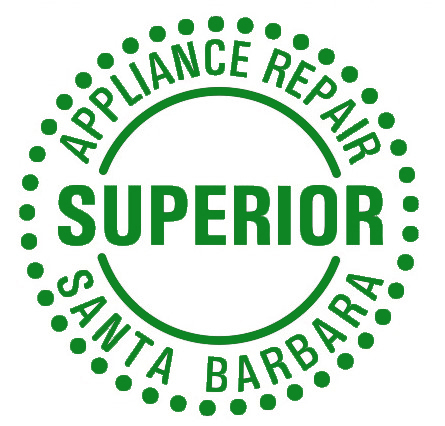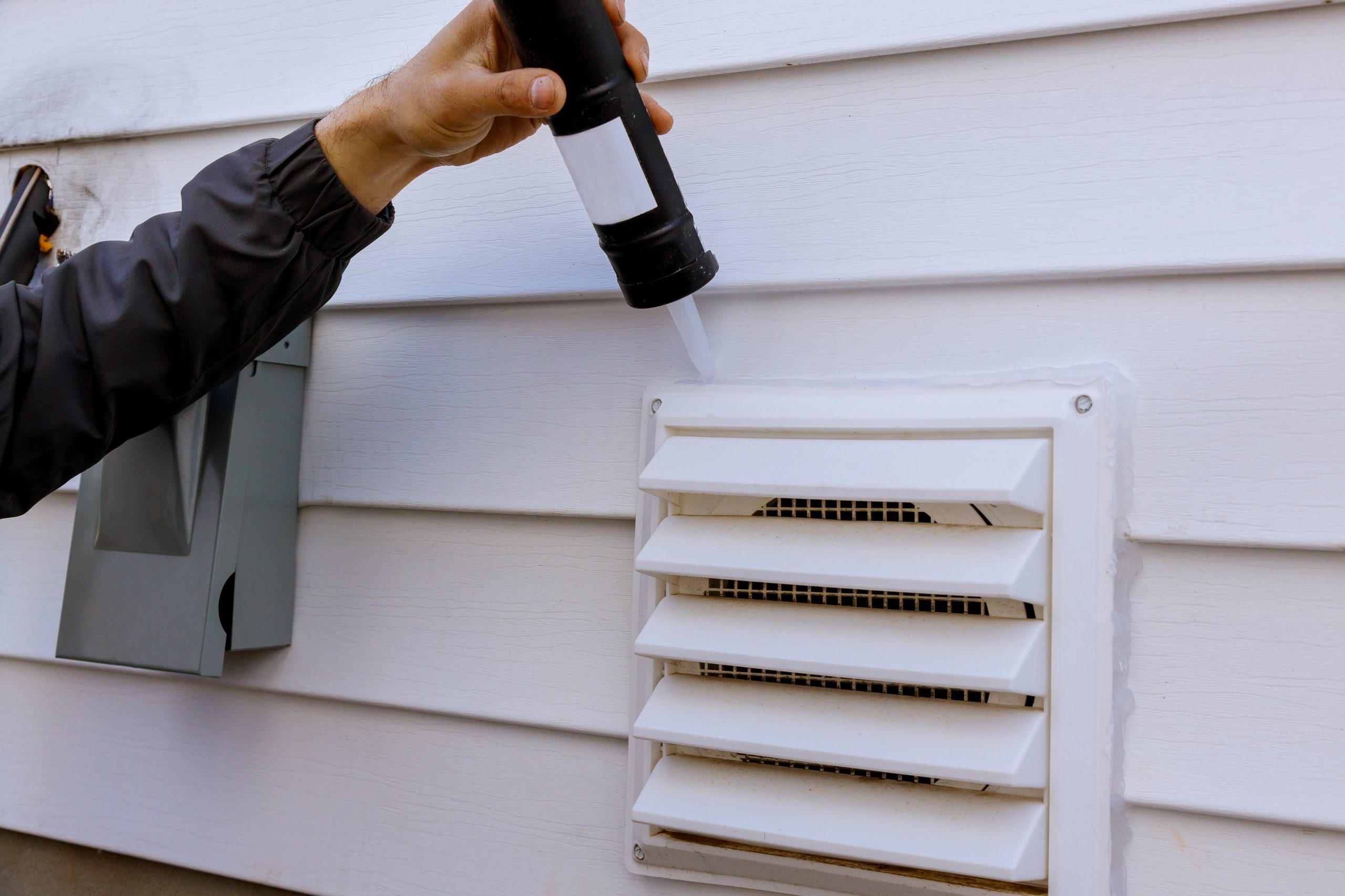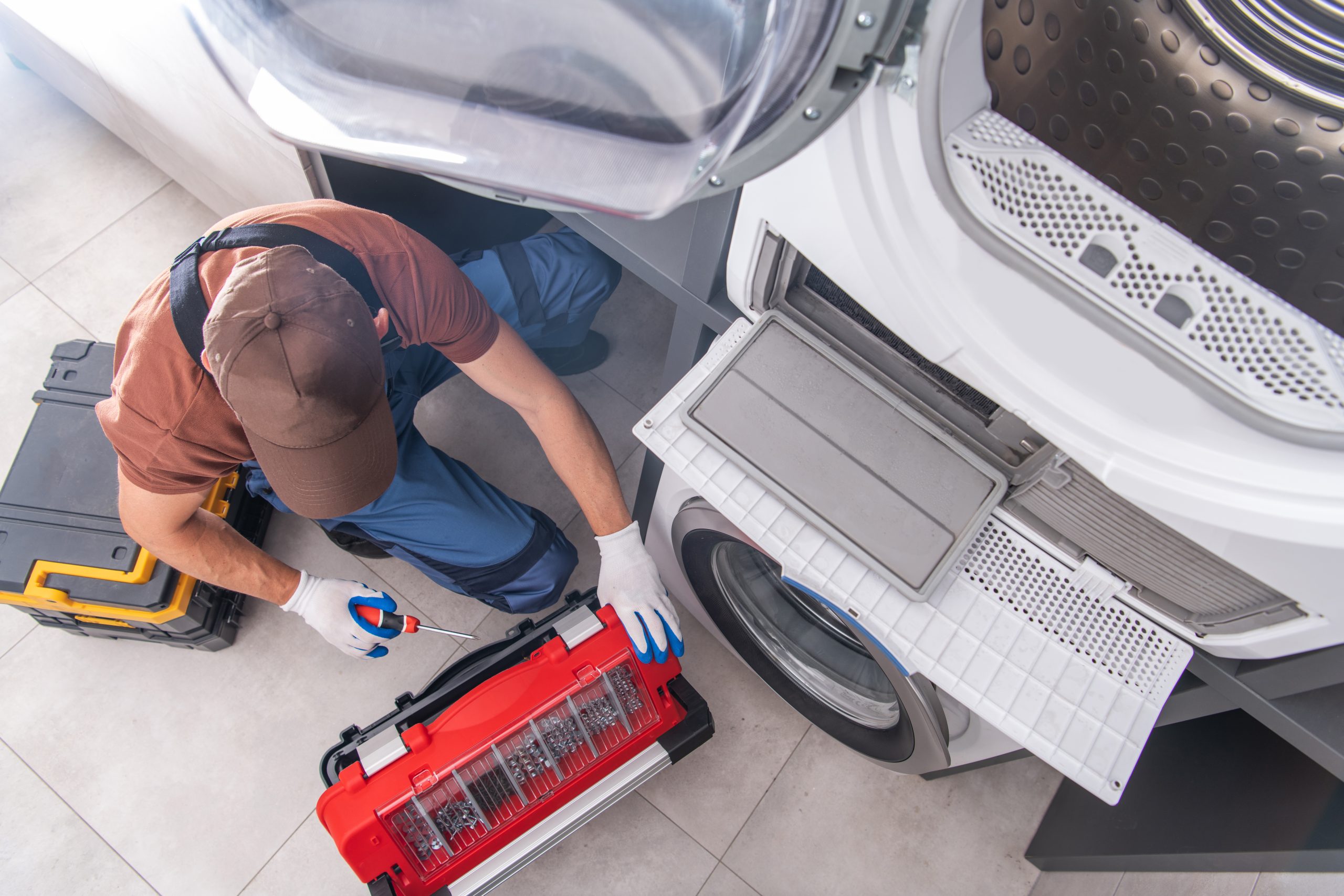With the weather about to warm up your fridge and freezer will be working harder than usual. This makes now the perfect time for some DIY refrigerator maintenance. Repair calls spike during the summer months. The tips below will help you avoid an emergency repair.
#1 Detail Clean
If it’s been more than 3 months since your last deep clean, now is the perfect time. Grab a cooler and toss everything inside. Then remove the shelves and removable door compartments. Clean first with warm soapy water, then disinfect with hydrogen peroxide, diluted bleach, or your sanitation product of choice.
Do the fridge and freezer together or separately, whichever is easier.
#2 Clean and Check the Door Gaskets
Detail cleaning includes inspecting and cleaning the door gaskets. These are the rubber magnetized seals that ensure the doors stay shut. Your gaskets are vital for food safety and temperature control but are often forgotten.
Crumbs and spills can accumulate in your gaskets. This accumulation can accelerate wear and tear and keep the doors from sealing fully. If you see any black patches, this is black mold caused by condensation—which may be a sign that the seal isn’t closing fully.
Wipe with soapy water, sanitize, and visually inspect. If your gasket is damaged, a technician can order a replacement for you. Just grab your owner’s manual to provide your appliance’s make and model.
#3 Check the Temperature
While your fridge is empty, check the temperature setting. This is a DIY refrigerator maintenance tip many of us forget to do.
On some appliances this is an internal knob, on others this is an electronic setting. Internal dials can accidentally get bumped so it’s good to check, but sometimes we accidentally reprogram electronic temperature settings.
For food safety:
- Your fridge should be set between 35 and 38, and should never rise above 40.
- Your freezer should be set to zero, or lower if you have flash freeze functionality.
Then, place a calibrated external thermometer inside to verify that the temperature is correct. Wait at least 4 hours after you have put everything back inside. If the temperature is a degree or two off, adjust accordingly. If it’s more than 2 degrees off, schedule a maintenance visit.
A simple recalibration may be all that’s needed, but something else could be the cause.
#4 Toss Expired Items
Before you load up your cooler or as you begin to place everything back inside, check the expiration date on food items. Condiments and frozen foods are the most likely to be expired. Be sure to open up food containers to toss forgotten leftovers too.
#5 Reorganize
Since you have a clean slate, take the time to reorganize your fridge to make it easier to see and grab what you need. This might include investing in general and item-specific organizers. Organizers both maximize space and make it easier to find what you need.
Wonder why clear food containers are so popular? Food containers used to be colorful plastic, but now most are clear. With clear containers, you instantly see what is inside. This minimizes food waste and makes it easy to grab and go.
#6 Refresh the Ice
Do you recall the last time you emptied your ice trays? Like anything, ice can begin to taste stale so it should be added to your quarterly refrigerator maintenance list. Remove both your built-in and solo ice trays and empty the ice. Feel free to let it melt in a large container to use the water to water your plants.
Clean and sanitize your ice trays and let them dry before popping them back inside.
#7 Clean the Ice and Water Lines
After you empty your ice, clean the ice and water lines. Check your owner’s manual for instructions as many modern appliances have self-cleaning functions. Even if your lines are self-cleaning, consider if it’s time to change your water filter.
Most water filters should be changed every 6 months. For ease and speed, stock up on at least 2 backup filters at a time. Be sure to schedule a reminder in your calendar to change it again 6 months from now.
#8 Clean the Condenser Coils
Condenser coils are located on the back of your appliance, on the bottom. There is a removable grate or vent that allows air in and minimizes particle buildup. Even with the grate or vent on, dust and pet hair can hinder airflow.
Depending on how much dust is present, you may need to remove the grate to vacuum it clean. Most require a simple Phillips screwdriver. If dust and pet hair are minimal, just wipe it clean without removing it. Clean every 6 months, more often if you have a lot of pet hair in your home.
#9 Check the Position
Airflow is another often-forgotten part of DIY refrigerator maintenance. When sliding your appliance back in after cleaning the coils, ensure that there is enough room to dissipate heat. This is achieved by allowing at least 2 inches of space between the wall and the back of your fridge.
This isn’t something you can measure, so feel free to err on the side of caution, leaving a bit more than 2 inches of space.
To make things easy, most builders build the counters in a manner that aligns the fridge with the counter—that is if your fridge is positioned next to a counter.
#10 Schedule Preventative Maintenance
Did you know that all household appliances should have preventative maintenance every 12 months? Even if they are fairly new. This will catch most repair needs before they escalate. Your technician will also advise on the estimated life cycle for older appliances and factors such as whether you have the correct size, features, and functions to meet your needs.
Although appliances are purchased at different times, it is most efficient to keep them all on the same maintenance schedule.
Looking for an Appliance Tech in Santa Barbara?
If you live in Santa Barbara County and require refrigerator or appliance maintenance, Superior Appliance Repairs has you covered!
Call, text, or email for preventative maintenance or emergency repairs. Our service vehicles and local shop are stocked with the most common parts to complete your repairs.









